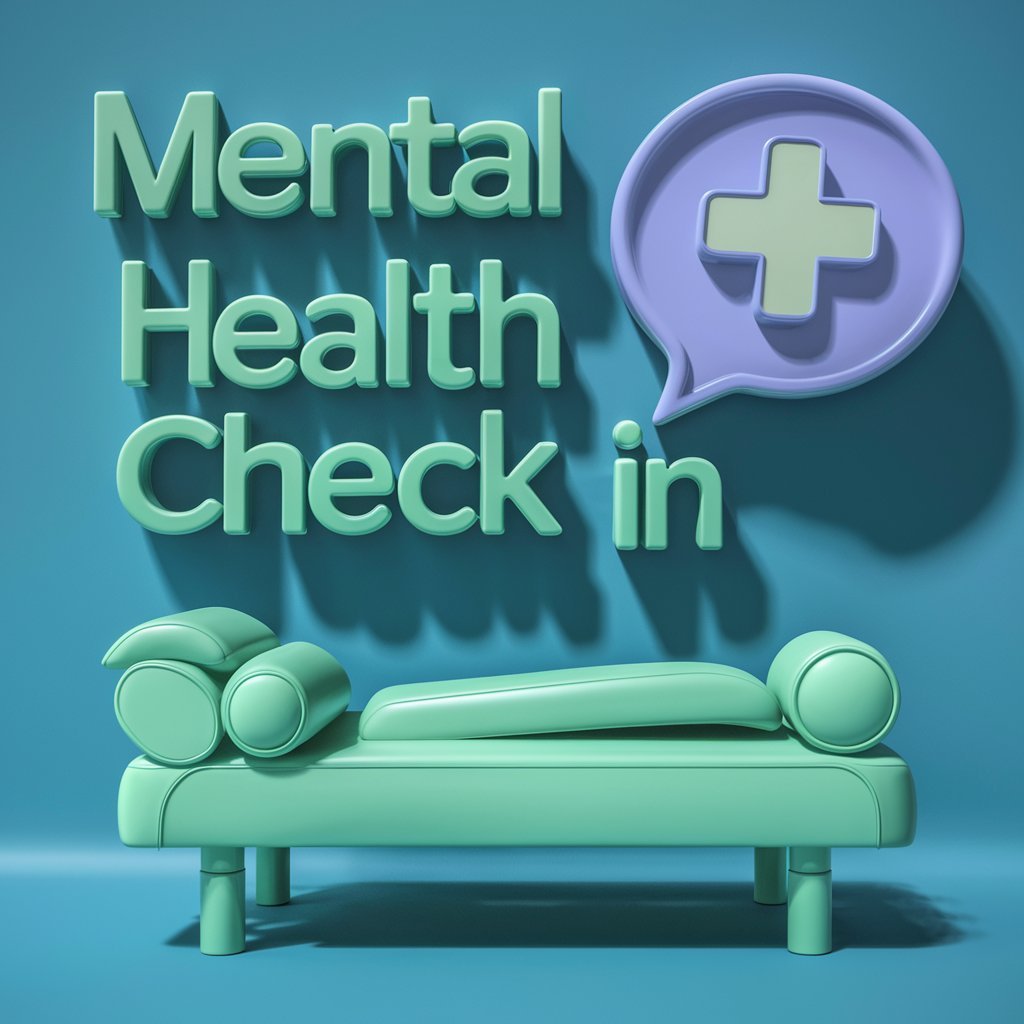Emotional distress is a silent but powerful force that can have debilitating effects on an individual’s mental and physical well-being. Unlike physical pain, emotional pain is difficult to detect and often goes unnoticed by others. This invisible pain can manifest in various ways, including anxiety, depression, anger, and even physical symptoms such as headaches and stomachaches. It is important to understand the impact of emotional distress and how it can affect our daily lives.
The Effects of Emotional Distress
Emotional distress can have a profound impact on every aspect of our lives. It can affect our relationships, work performance, and overall quality of life. When left untreated, emotional distress can lead to serious mental health issues such as depression and anxiety disorders. It can also increase the risk of developing physical health problems such as heart disease, diabetes, and obesity.
One of the most common effects of emotional distress is a sense of hopelessness and helplessness. Individuals may feel overwhelmed by negative emotions and unable to cope with daily challenges. This can lead to a cycle of self-destructive behavior, including substance abuse, self-harm, and suicidal thoughts.
Emotional distress can also impact our relationships with others. It can make it difficult to connect with others and maintain healthy relationships. Individuals may feel isolated and alone, leading to feelings of loneliness and rejection.
Understanding the Invisible Pain
It is important to recognize that emotional distress is a real and valid experience. Just because it cannot be seen or measured like physical pain does not mean it is any less significant. It is crucial to validate and acknowledge our feelings of emotional pain, rather than dismissing them or trying to suppress them.
Seeking help from a mental health professional is essential for managing emotional distress. Therapy and counseling can provide individuals with coping strategies and tools to navigate their feelings and improve their mental well-being. It is also important to practice self-care and engage in activities that bring joy and relaxation, such as exercise, meditation, and spending time with loved ones.
Conclusion
Emotional distress is a powerful force that can have detrimental effects on our mental and physical health. It is important to recognize and validate our feelings of emotional pain, and seek help from a mental health professional if needed. By understanding the impact of emotional distress and taking steps to manage it, we can improve our overall well-being and quality of life.
Frequently Asked Questions
Question 1: How can I recognize if I am experiencing emotional distress?
Answer: Emotional distress can manifest in various ways, including feelings of sadness, anxiety, anger, and hopelessness. You may also experience physical symptoms such as headaches, stomachaches, and fatigue. It is important to pay attention to your emotions and physical sensations, and seek help if you are struggling to cope.
Question 2: What are some ways to manage emotional distress?
Answer: There are various strategies for managing emotional distress, including therapy, counseling, exercise, meditation, and self-care activities. It is important to find healthy coping mechanisms that work for you and practice them regularly. Seeking support from loved ones and mental health professionals can also be beneficial.





